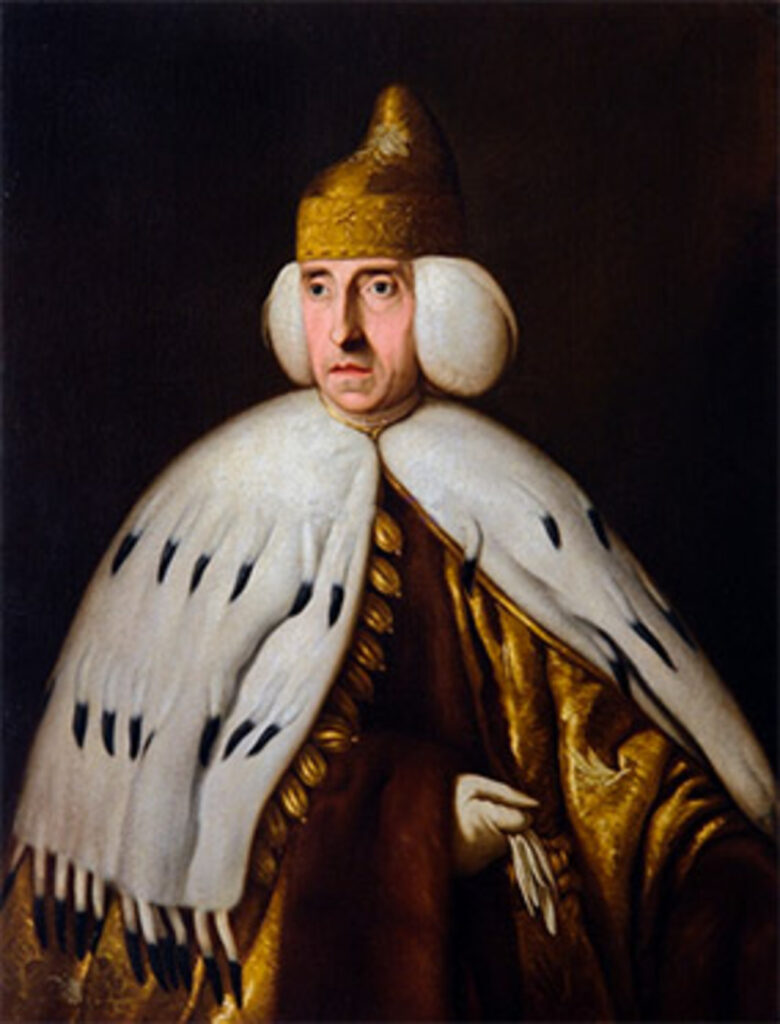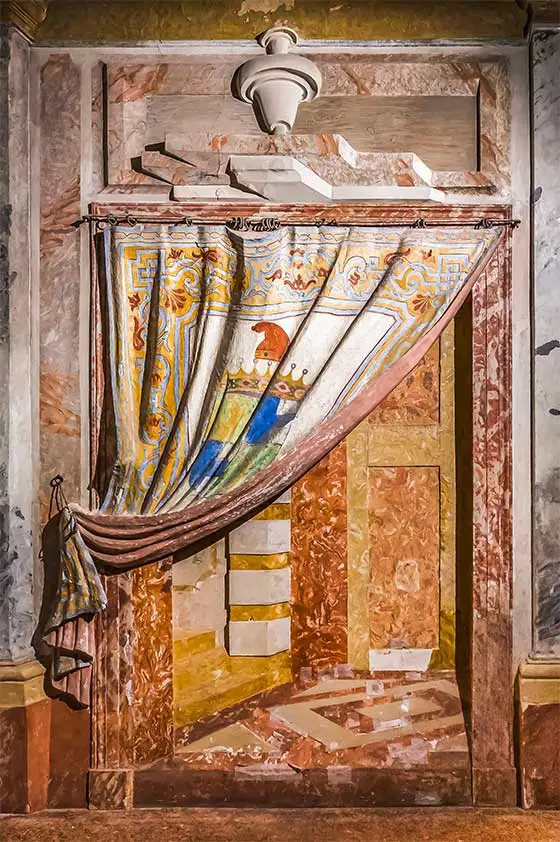The last doge
Who was the last doge of Venice?
The last doge of the Serenissima Republic of Venice was Lodovico IV Manin (1726 – 1804), owner of Villa Manin, which he used as his summer residence.
But how did the thousand-year history of Venice and the doges come to an end? Let us try to learn more about this character, who played an important role in Italian history.
The decline of the Serenissima
The Republic of Venice: a thousand-year history
News about the first doge of Venice fades into myth: tradition traces the institution of the Venetian dogeate back to Paoluccio Anafesto in the deep Middle Ages, year 697; but the truth is that there is little certain information about this historical figure.
On the contrary, the events surrounding the last doge are very well documented and historically established. He abdicated the highest office of the Serenissima Republic in 1797.
Therefore, if we take the first doge’s date as true, the doges would have ruled Venice for exactly 1100 years.
The difficult era of the French Revolution
Lodovico IV Manin, born in Venice on 23 June 1726, belonged to a family of ancient Tuscan origin that moved to Friuli at the beginning of the 14th century and was accepted into the Venetian patriciate in 1651.
Lodovico had a brilliant public career, holding numerous positions in the financial magistracies of the Venetian Republic, distinguishing himself as a skilful administrator. He was captain in Vicenza and Verona, podestà of Brescia and procurator of San Marco.
In 1789 he was elected Doge: he was the first Venetian patrician of Friulian origin to obtain this title.
It was, however, a turbulent time: the same year the French Revolution broke out and resentment was growing in Venice too for what, despite being called a Republic, was in fact a government run by nobles.
Soon the consequences of the revolution would affect the future of Manin and Venice forever.

Why did the Serenissima Republic dissolve?
In those late 18th century years, the Serenissima was in a catastrophic financial condition. Doge Manin, knowing that Venice would not be able to face a war, tried to maintain the balance between the European powers by pursuing a policy of neutrality.
However, when Napoleon arrived at the gates of Venice, he threatened to attack the city if the doge did not abdicate in favour of a democratic government. The tension culminated
Unable to defend the city in the event of an attack by Napoleon’s troops, Lodovico IV Manin had to make the most difficult decision of his life. At the sitting of the Maggior Consiglio on 12 May 1797 Manin was forced to decree the end of the Venetian aristocratic government and abdicate, putting an end to the thousand-year history of the Serenissima.
A few months later, on 17 October, France and Austria signed the Treaty of Campoformio, right here at Villa Manin, which sanctioned the passage of Venice under Austrian rule.
In the footsteps of Lodovico Manin
The doge and his summer residence
Villa Manin was the summer residence and agricultural production centre of the Venetian patrician family Manin. Ludovico spent much time here both before and after his abdication in 1797.
Lodovico’s election as Doge of Venice is celebrated in the Sala della Tenda where a stucco curtain, draped in an illusionistic manner, opens to reveal a staircase.
The Manin coat of arms is painted on the curtain, surmounted by the doge’s horn (the typical headgear worn by the doge).
But the trompe l’oeil effects of the room do not end with this curtain. On the walls are bas-relief amphorae and obelisks resting on fake shelves jutting illusionistically into space.
A historical figure to be re-evaluated
Lodovico Manin lived his last days in great solitude. He was mocked by the people who unjustly held him responsible for the end of Venice as an independent state.
Even today his figure is associated with the bitterness of the dissolution of the Serenissima Republic. However, as we have seen, he had no choice, given the military threat that loomed over Venice.
His figure should also be re-evaluated in the light of his role as a benefactor. He was in fact an extremely generous man and dedicated himself to numerous charitable works during his lifetime.
In his will, he decided to donate forty thousand ducats a year to the poor of Venice: a truly considerable sum.
The last doge died in 1804 and was buried in the Church of the Scalzi where he still rests.
